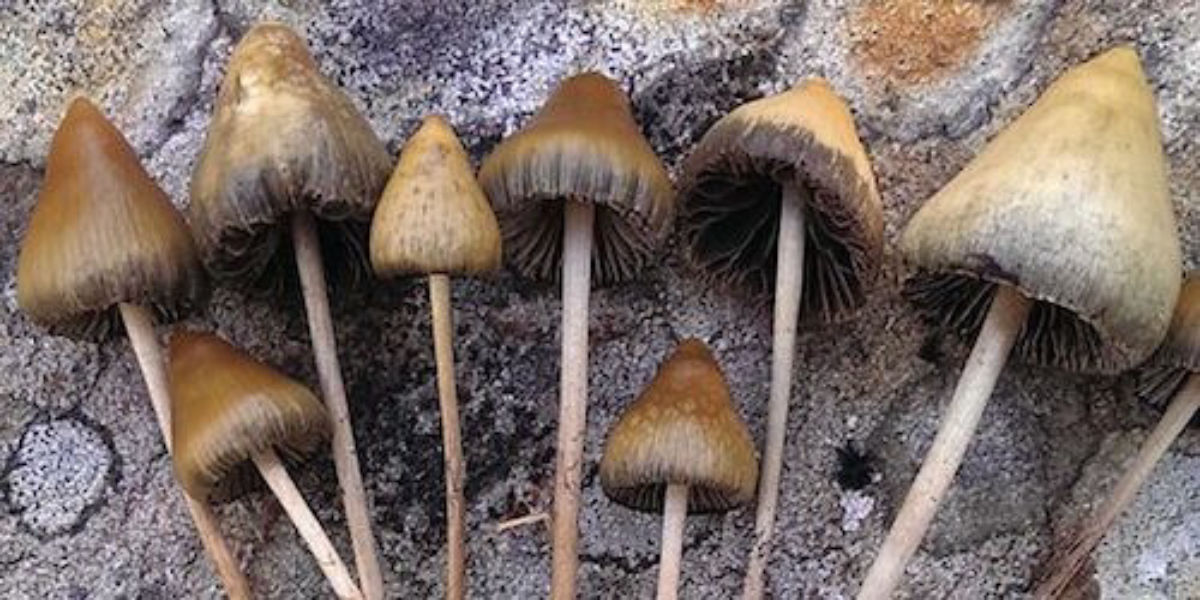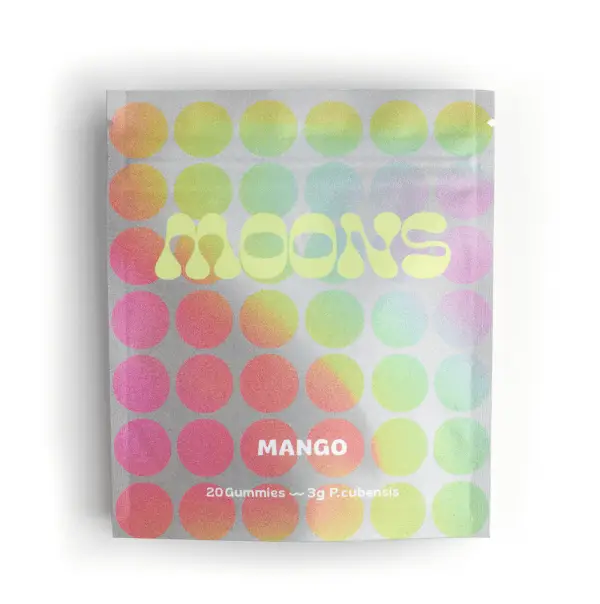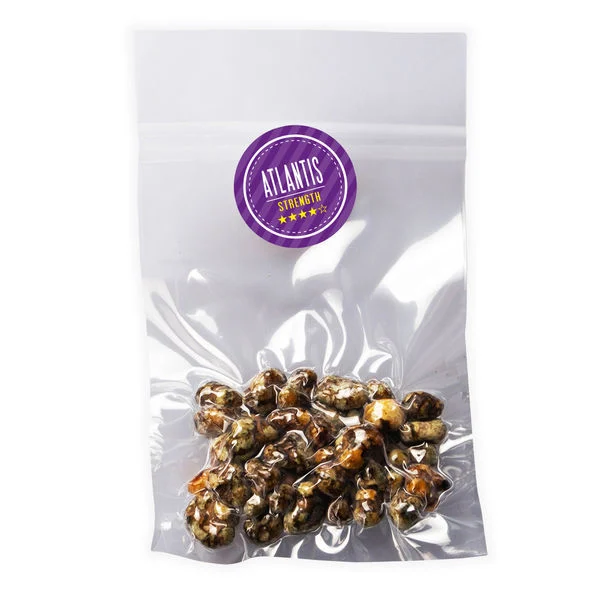The Magic Mushroom, The magic mushroom, known scientifically as Psilocybe and other related genera, has fascinated humanity for centuries. Often found in forests, grassy fields, and humid climates, these mushrooms contain naturally occurring psychedelic compounds—primarily psilocybin and psilocin—which can profoundly alter perception, mood, and cognition. In recent years, the magic mushroom has reemerged as a topic of scientific and cultural interest due to its therapeutic potential and spiritual significance.
Origins and Cultural History
The use of the magic mushroom dates back thousands of years. Indigenous tribes in Mesoamerica used it in religious rituals, believing it to be a gateway to the divine. The Aztecs referred to it as teonanácatl, meaning “flesh of the gods.” These ancient practices highlight the mushroom’s role in spiritual healing and vision quests.
In the 20th century, interest in the magic mushroom surged in the West when R. Gordon Wasson, an American banker and ethnomycologist, published an article in Life magazine in 1957 detailing his experiences with mushrooms in Mexico. This inspired psychedelic research in the 1960s, notably by Timothy Leary and other Harvard researchers.
How It Works
The magic mushroom affects the brain primarily through psilocybin, which the body converts into psilocin. Psilocin interacts with serotonin receptors, particularly the 5-HT2A receptor, which influences mood, perception, and consciousness. This interaction can lead to visual hallucinations, altered sense of time, and deep emotional introspection.
The intensity of the experience can vary depending on the dose, environment, and individual mindset. For many users, the magic mushroom provides not only a visual trip but also a profound sense of connection to nature, self, and the universe.
Modern Scientific Research
Recent studies have revived interest in the magic mushroom for its therapeutic applications. Research institutions like Johns Hopkins University and Imperial College London have conducted clinical trials showing psilocybin’s effectiveness in treating depression, anxiety, PTSD, and addiction.
One landmark study showed that a single dose of psilocybin, combined with psychotherapy, produced long-lasting improvements in patients with treatment-resistant depression. This has led to a growing movement advocating for the decriminalization and medical legalization of psilocybin-based therapies.
Legal and Ethical Considerations
Despite its promising benefits, the magic mushroom remains illegal in many countries, categorized as a Schedule I substance in the United States. However, some places, including Oregon and parts of Canada, have begun to change their policies to allow for therapeutic or decriminalized use.
Ethically, there is a growing awareness of the importance of respecting indigenous knowledge and ensuring that commercial and scientific interests do not exploit traditional practices.
Conclusion
The magic mushroom represents a bridge between ancient traditions and modern science. As society reevaluates its relationship with psychedelics, these fungi offer not only a tool for healing but also a path to deeper understanding and connection. Whether viewed as a sacred sacrament or a breakthrough in mental health treatment, the magic mushroom continues to challenge and expand the boundaries of human consciousness.
You Might Also Like These:





